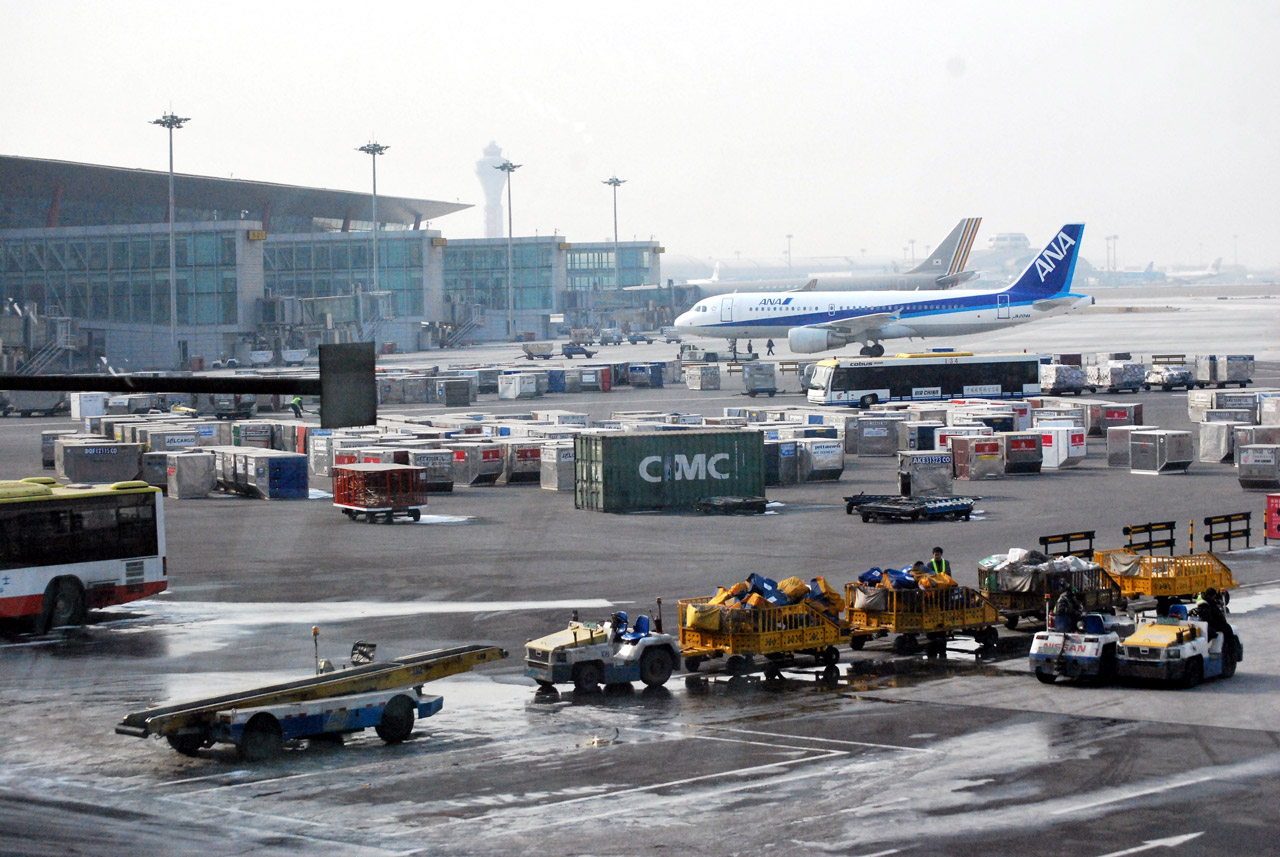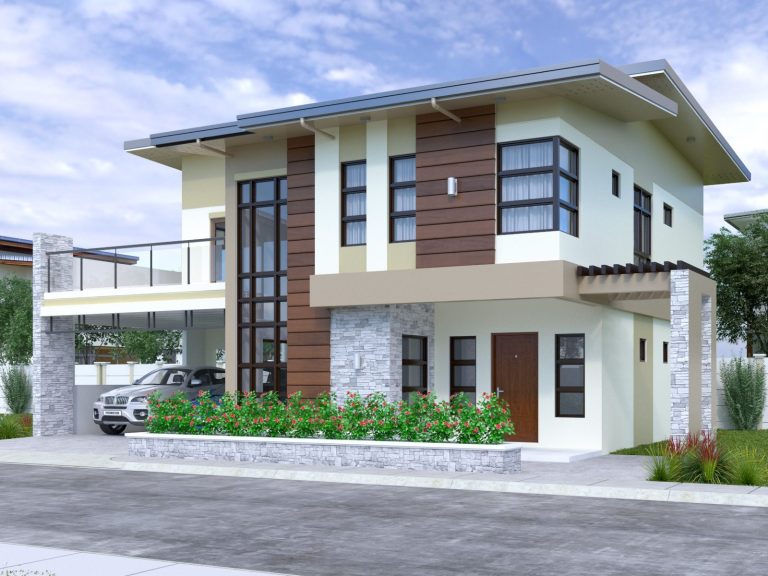This means that demand for new jets, as well as consistent operation of those already in use, will be in high demand—as will the many materials and components that make air travel possible. From manufacturers of the aerospace rivets you’ll find on Rapid Rivet’s website, to tech developers who specialize in additive manufacturing and materials development, there is a lot of opportunity in the aerospace industry coming over the next couple decades.
The predicted increase is notably higher than Airbus forecasted last year—more than 11 percent over previous projections. This growth will amount to 37,390 new planes in the air, in addition to those already flying now. That would mean nearly 48,000 planes moving from hub to hub across the globe.

Aerospace giants like Boeing and Airbus are already in the process of designing and building planes for this high traffic future. New jets are expected to be more narrow-bodied and scaled down. Single-aisle aircraft will dominate commercial flight paths, with planes carrying 244 passengers along international, long-range routes of 4600 miles.
Far fewer planes will be made in medium, large, and extra large styles, with passenger capacities that average between 300 to 350 seats–perhaps even more with planes in the “XL” category”. These aircraft will be capable of trips ranging from 5,750 to 11,500 miles. Airlines will also start increasing “load factors” on each flight—pushing for significant reduction in the number of seats that remain unoccupied when a plane leaves the runway.
Even with predictions of high-demand air travel, the commercial airline industry, domestically and abroad, has many challenges to deal with. Many airports are not currently equipped to cope with such an increase of flyers. Congestion, delays, overbooking, and other issues that frustrate travelers may only get worse if systems do not evolve with increased flight demands.
There’s also uncertainty over how new technology, from 3D printing of aircraft parts to autonomous flight systems, may streamline or complicate matters. Even as aircraft grow to become more fuel efficient and sustainably built, air traffic still amounts to increased carbon emissions. More carbon-neutral fuel and power options will be imperative, otherwise, future air travel will only continue to exasperate climate change.
Whether the future of flight will be bright or just a busier, more crowded version of what we have now may become increasingly apparent in a matter of decades.












